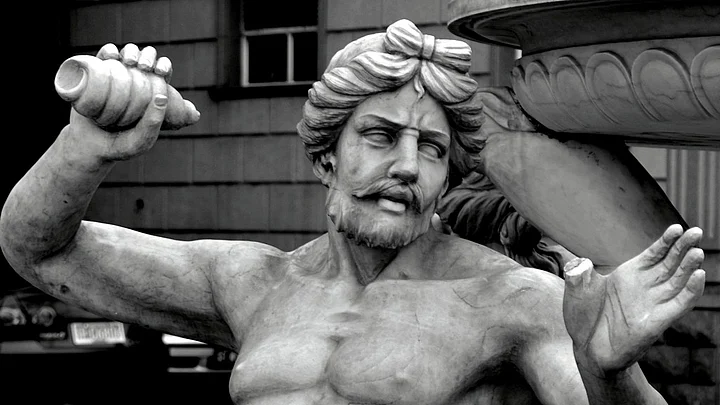“We build statues out of snow and weep to see them melt,” Walter Scott once said.
From schoolyards to public grounds to neighbourhood parks, you see them everywhere. Stone, bronze, clay or Plaster of Paris. Some mounted on pedestals, standing in alcoves... some larger than life, some much more modest.
To celebrate victories, record achievements, honour heroes and, at times, the mark of the ambitious, eager for immortality. The occasion is often forgotten but we are reminded time and time again of the power of these memorials to touch a primal chord in us.
Too caught up to read this? You can listen to it instead.
At a time when instances of statue desecration cutting across political ideologies are growing, it makes sense to step back and examine what it is that makes them such potent tools for adulation or animosity.
Anthropological Significance of Statues
To start with, these spatial and temporal landmarks are loaded with memory. Anthropologist Katherine Verdery says statues symbolise a specific famous person while in effect being the 'body' of that person. By arresting the process of that person's bodily decay, a statue alters the temporality associated with him, bringing him into the realm of the timeless.
Many of these symbols that once found expression in the beliefs and rituals of primitive society, continue to remain embedded in what Carl Jung calls the "collective unconscious", or that part of the psyche that retains and transmits the common psychological inheritance of mankind. "Often these symbols are so ancient and unfamiliar to modern man that he cannot directly understand or assimilate them", he says.
That is why statues or monuments evoke such strong reactions, be it awe, fear, adulation or anger and violation when they are demolished.
Indians are hardly unique when it comes to statue-mania. Societies from Greeks to Romans have been obsessed with erecting memorials and busts. But there is something deep-rooted in the Indian psyche that explains the countless statues dotting our towns and cities.
Statues, which freeze memory and time, are ideal for perpetuating stereotypes. They also help foster and propagate an environment of blind hero-worship.
Ergo, subjects are always portrayed larger than life — be it Nehru holding court in his trademark jacket or Gandhi striding ahead supported by his walking stick, or Ambedkar cradling a copy of the Constitution. They are generally elevated and placed in an enclosure that is regarded as sacred.
Statues, Symbolism & Society
Celebrating the individual was one of the aims of Roman sculpture. Romans and Greeks routinely liked to adorn their houses with busts or pillars topped by busts — crafted in bronze or marble.
This does not allow human appearances to be forgotten or the dust of ages to prevail against men. In this, the Romans were no different from the Greeks. But while the Greeks had given their gods an ideal human form, Romans strove to make their rulers godlike.
As Daniel Boorstin writes in The Creators, "When Julius Caesar was given the title of Augustus and became the object of worship; his statue had to be 'apotheosised'. Sculpture, thus, became the vehicle of politics and the visual symbol of empire... Sculptors had to offer recognisable likenesses of Augustus to unite imperial loyalties, yet the figure had to be sufficiently idealised to serve a religious ritual function, raising him above human rank".
This is when they become totems or objects viewed as having a special mystical or symbolic role in society. During Mao Zedong's resurgence in China in the early 1990s, street markets were suddenly full of Mao badges, posters, embroideries, busts and buttons and even alarm clocks.
For some, Mao became a good-luck charm, for others a talisman, reaching a crescendo just before his 100th birth anniversary in 1993.
Thus, if statues can perpetuate memory, destroying them can erase memories. Romans had “damnation memoriae” as a punishment for treason.
Along with execution and confiscation of property, images of the person were to be destroyed and his name erased from all inscriptions.
Statues are symbolic of a community and its shared ideals and beliefs. Which is why, destroying one is akin to iconoclasm and desecrating or mutilating a statue rouses much stronger emotions than if a disembodied commemorative plaque of a park or road is defaced.
(The writer is a freelance journalist. This is a personal blog and the views expressed above are the author’s own. The Quint neither endorses nor is responsible for them.)
